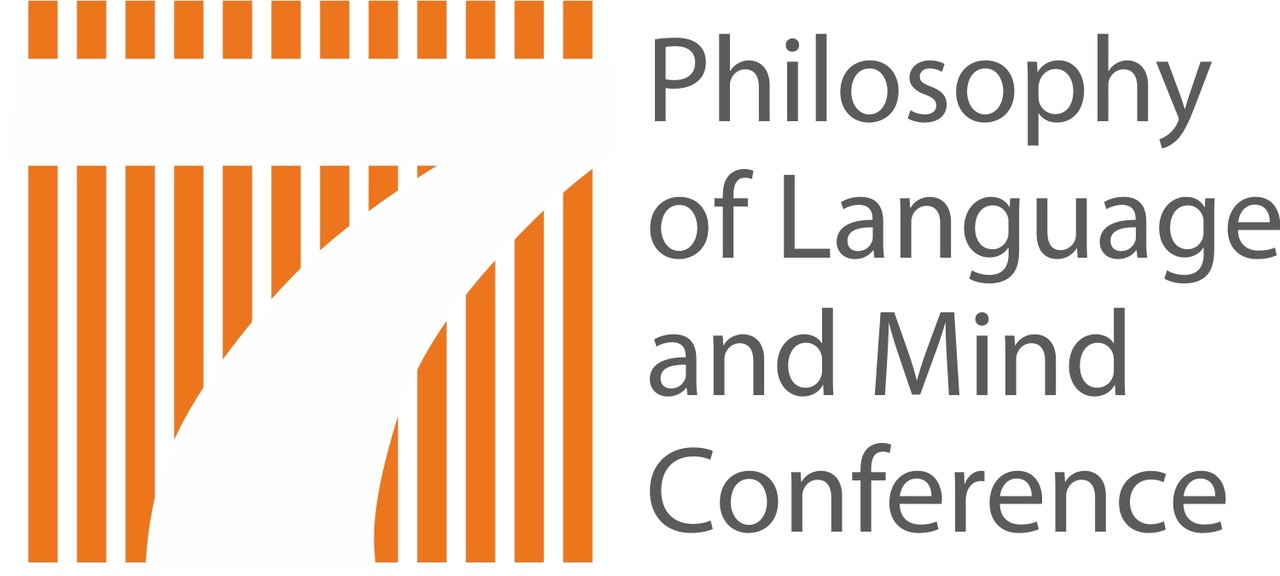Proposition are assumed to be contents of our attitudes. Mark Richard (1981), in his famous paper, argued that temporal propositions, i.e. propositions that change their truth-values over time, are not suitable for this role. He claimed that temporal propositions cannot be the contents of our beliefs. While his argument faced criticism (e.g., Brogaard 2012, Sullivan 2014), the eternalist-temporalist debate remains unresolved.
Recently, new arguments have emerged, shifting the focus from the contents of beliefs to the contents of other attitudes. In this vein, Brogaard (2022) argues that eternal propositions cannot be the contents of future-directed hopes, while Skibra (2021) argues that eternal propositions cannot be the contents of desires. Both of these arguments against eternalism point to issues with semantic satisfaction.
Consider my hope (or desire) that it will be sunny in Prague. According to semantic eternalism, the content of my hope is the proposition that there is a time t later than the time of the formation of my hope such that it is sunny in Prague at t. This proposition is true or false eternally, so it is true or false at the time of my hope’s formation. However this implies that my hope is fulfilled (or fail to be fulfilled) at the time of its formation, which seems to be an absurd conclusion. In general, the problem is that given semantic eternalism, our hopes (and desires) are fulfilled (or fail to be fulfilled) as soon as they are formed. In my presentation I will focus on this puzzle. After careful reconstruction, I will show how eternalists can address this objection.
The puzzle rests on two assumptions concerning satisfaction. Firstly, it is assumed that hope (desire) is preferential. Preferential attitudes are satisfied when the world changes to fit the content of the attitude in question. The second assumption (FIT) is that the world changes to fit the proposition p iff there are times t1, t2 such that p is false at t1 and p is true at t2. From these two, one can derive the satisfaction condition that generates the puzzle: a hope for p is satisfied at t iff p is true at t.
My solution to the puzzle is to reject the claim that a hope for p (where p is a proposition) is satisfied at t if and only if p is true at t. Instead, we can link the satisfaction of hope for p with truth of a different proposition p ′ that is systematically related to p. This strategy mirrors the Sullivan's (2014) temporalist response to Richard's (1981) problem. I will show how this strategy can be adopted by rejecting (FIT). I will propose two alternative accounts of what it means for a world to change to fit a content p. One is based on the B-theoretical account of change (Mozersky 2015). The second account assumes an A-theory picture of time and uses the notion of wide-base truthmaking (Caplan & Sanson 2011: 198). My conclusion is that the case for eternalism is not yet lost.
SELECTED REFERENCES
Caplan, B. & Samson, D. (2011), Presentism and Truthmaking, Philosophy Compass 6(3), 196-208.
Brogaard, B. (2012), Transient truths: An essay in the metaphysics of propositions, New York: Oxford University Press.
Brogaard, B. (2022), Temporal Propositions and Our Attitudes toward the Past and the Future. In C. Tillman & A. Murray (Eds.) The Routledge Handbook of Propositions (pp. 347-362). New York: Routledge.
Mozersky, M. J. (2015). Time, Language, and Ontology: The World From the B-Theoretic Perspective, Oxford: Oxford University Press.
Richard, M. (1981), Temporalism and eternalism, Philosophical Studies 39 (1), 1-13.
Skibra, D. (2021). On Content Uniformity for Beliefs and Desires, Review of Philosophy and Psychology 12, 279-309.
Sullivan, M. (2014), Change We Can Believe In (and Assert), Noˆus 48(3), 474-495.
